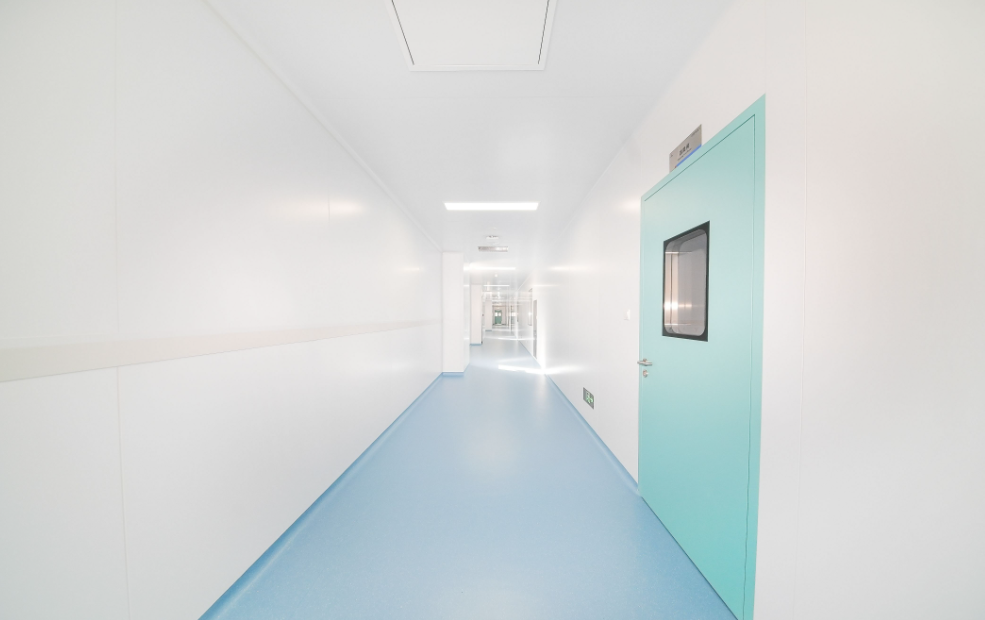What type of clean room panels are used in medical

Medical clean rooms, including pharmaceutical manufacturing, biotechnology research, and sterile medical device production buildings, require careful selection of each building component due to the special requirements of a sterile environment. The selection of appropriate clean room panels is crucial for compliance with regulations, operational efficiency, and the long-term integrity of the facility.
Selection Criteria for Medical Clean room Panels
The core function of medical clean room panels is to create a seamless, impermeable, and easy-to-disinfect enclosed space. Unlike standard building materials, medical clean room panels must prevent particle shedding, withstand rigorous sterilization procedures, and maintain airtightness to maintain pressure differentials.
The surface of clean room panels
Panel surfaces must be absolutely solid and non-fragile. They must not produce particles through wear or cleaning. Non-porous surfaces prevent the absorption of microorganisms, chemicals, or moisture, which could become sources of contamination.
Clean room panels integrity
An ideal clean room panels system should minimize joints and seams. If connections are necessary, high-quality, chemically resistant silicone sealant must be used to create smooth, flexible transitions. Corners between walls and between walls and ceilings should be rounded to eliminate 90-degree sharp corners that can accumulate contaminants, thereby facilitating effective cleaning.
Chemical resistance and sterilization resistance of clean room panels
Medical cleanrooms require frequent and thorough disinfection. Clean room panels must be able to withstand repeated exposure to various strong disinfectants and sterilants, such as hydrogen peroxide vapor, chlorine solutions, phenolic resins, and alcohol-based cleaning agents. The surface must not degrade, discolor, or allow chemicals to penetrate, as this could damage the panel core or cause gas leakage.
Weather resistance of medical clean room panels
Operating rooms and other biological clean rooms are typically equipped with ozone O₃ generators to meet sterilization requirements. O₃ (ozone) is a strong oxidizing gas that accelerates the oxidation and corrosion of objects in the environment, especially metals. It also causes general coatings to fade and discolor due to oxidation. Therefore, such clean rooms require decorative materials with good oxidation resistance that will not rust.
Types of medical clean room panels
In medical facilities, there are various types of cleanroom panels. Different cleanroom panels are selected based on the ISO level of the controlled area.
- Stainless steel clean room panels: Stainless steel cleanroom panels are typically used in the most critical areas (such as ISO 5 environments or filling lines) and offer unmatched durability and chemical resistance. Their seamless welded surfaces are extremely easy to disinfect and virtually indestructible. Although the initial investment is high, their long service life and high performance under the most severe conditions make them the preferred choice for core processing areas.
- Aluminum honeycomb panels (with proprietary core material): These panels are widely popular and versatile for most medical cleanrooms (e.g., ISO Class 7 and 8). They feature durable, non-shedding aluminum skins (typically with a polyester or polyvinylidene fluoride coating) bonded to an aluminum honeycomb core material. High-quality versions offer excellent chemical resistance and structural integrity. Aluminum honeycomb panels are lighter than stainless steel and easier to install, providing an ideal balance of performance and cost-effectiveness for changing rooms, corridors, and packaging areas.
Choosing medical clean room panels is a decision with far-reaching implications. Cleanroom panel systems are the first and most important line of defense for facilities. They are not just walls; they are an investment in the reliability of processes and the safety of end products that can save lives and improve quality of life.
